This is a popular seed strain of scarlet beebalm that is known to produce those scarlet red blooms that hummingbirds love. “Red” encompasses a wide range of colors. Magenta is red. Pink is red. Brick orange is red. When you grow from seed, you never know which one you’re going to get until it blooms. The name simply indicates that the parents of the seed are a mix of cherry reds, the kind that are the most attractive to hummingbirds (think cardinal flower).
I am offering these in true gallon pots (as in the photo, slightly larger than a nursery gallon), with three plants per pot. They look short in the photo because I trim them to encourage a bushier growth (and to avoid tall floppy plants in pots). Because they are all seed grown each may or may not produce a different tint of a cherry red color. If you are not a fan of magenta flowers and think they are too gaudy for your native garden design, you will want the Panorama Red mix.
Side note for the curious: other colors that, in my experience, are most attractive to hummers include those on the warm red spectrum. Monardas are on the cool red spectrum, so this cherry red as red it’s going to get. Easy way to tell is when you have less pigmented flowers – are they more yellow/orange (like Lonicera sempervirens, which has yellow and orange varieties), or hot pink? Cardinal flower is the reddest warm red, and I have seen a lighter coral-color version of that. For the vegetable gardeners, you probably plant coral runner beans to attract them, right?
Find it in the wild
The spectacularly scarlet showy flower cluster of scarlet beebalm is a wonderful delight to hikers who commonly encounter this native wildflower in shady woods generally along stream banks and thickets. (Source: US Forest Service Plant of the Week)
Scarlet beebalm prefers moist but well drained soils. It preforms best in full sunlight but is very adaptable to partial shade conditions. It can often be found along stream banks, thickets, road edges and at the borders to woodland openings. (Source USDA Plant Guide)
Anywhere the soil doesn’t dry out entirely. Full sun needs consistently moist conditions.
Plant it in your garden
This is a great plant for the rain garden, providing that there’s always some amount of moisture. If we’re in a drought, you’d want to water it. Otherwise, make sure your site is amended with plenty organic matter and well mulched. The USDA plant guide linked above mentions how to handle powdery mildew (pruning out badly affected stems). I have tested this in dry shade, and while they still grow and bloom, they’re kept in check. There are only a few singular stems popping up here and there where I planted them. If you have a small garden, this may be something to consider if you want to enjoy the flowers but can’t allow them to get out of control.
Apothecary
This is one I do use. Since the best way to get bushy plants is to keep pinching or pruning them back, I use the leaves from what I prune in tea. In fact, there’s a very specific tea made from this plant known as Oswego tea. From an herbalist standpoint, mints in general are good for relieving digestive issues. That’s why tums is often flavored with mint. Why many medicines are flavored with mint. That is actually an old folk remedy that seems to be proven to work. As long as I can remember, whenever I complained of a stomach ache, my mom would immediately brew me some mint tea and flavor it with honey. I can still “taste and smell” it in my mind, like it’s in front of me.
Monardas are used in a similar manner. Upset stomachs, gas, bloating, etc. can potentially be helped with them. While it’s not mentioned on the list, I personally also find it to be a very soothing, relaxing tea. These days I pretty much always have a pot of earl grey ready. I brew a big pot in the morning in my tea maker, then whenever I need some more tea, I just hit the “hot water” button to heat it back up without steeping anything. When I’m in the mood to add a bit of bee balm into the mix, I put a few fresh leaves (6-7 or so) in my mug, pour the reheated boiling hot tea into the mug, and let it sit. The result is a slightly minty tea with enhanced earl grey flavors.
Worth noting, caffeine doesn’t do anything for me whatsoever. I can drink an espresso and take a nap. I guess I just don’t process it the way most do. So I’ll drink this before bed. It’s always good to check your leaves, make sure you discard any with leaf miners or powdery mildew or other stuff. Just the cleanest, freshest Monarda leaves you can get. I don’t discard the leaves after steeping – they float in the mug. If I end up getting some in my mouth, I eat them. They are also edible. Texture (not flavor) is like eating cooked spinach, slightly fuzzy unless you only use the youngest leaves, and a slight peppery kick to them. Any leaves I don’t use I will end up drying and saving for later.
I will add one thing. Herbal remedies don’t act the same way as medicinal ones. Yes, it helps with gas and bloating. No, it won’t be like GasX. It works by getting whatever trapped gasses in your system to move along. So if you’re bloated, it gets that to exit stage left, move through the system, and out in the usual way. You will eventually feel relief, but your companions might not. This reminds me of how whenever I got motion sickness, my mom would give me AMOL. Very few people will know what that is. Within 10 minutes of taking it, I would vomit then feel completely normal. Yes, it did relieve my motion sickness, almost immediately, but not by suppressing anything. But it’s used for just about everything, and depending on what the issue is, the relief worked different. The puking only happened when I was feeling sick to my stomach already. It just sped things along and got it over with.

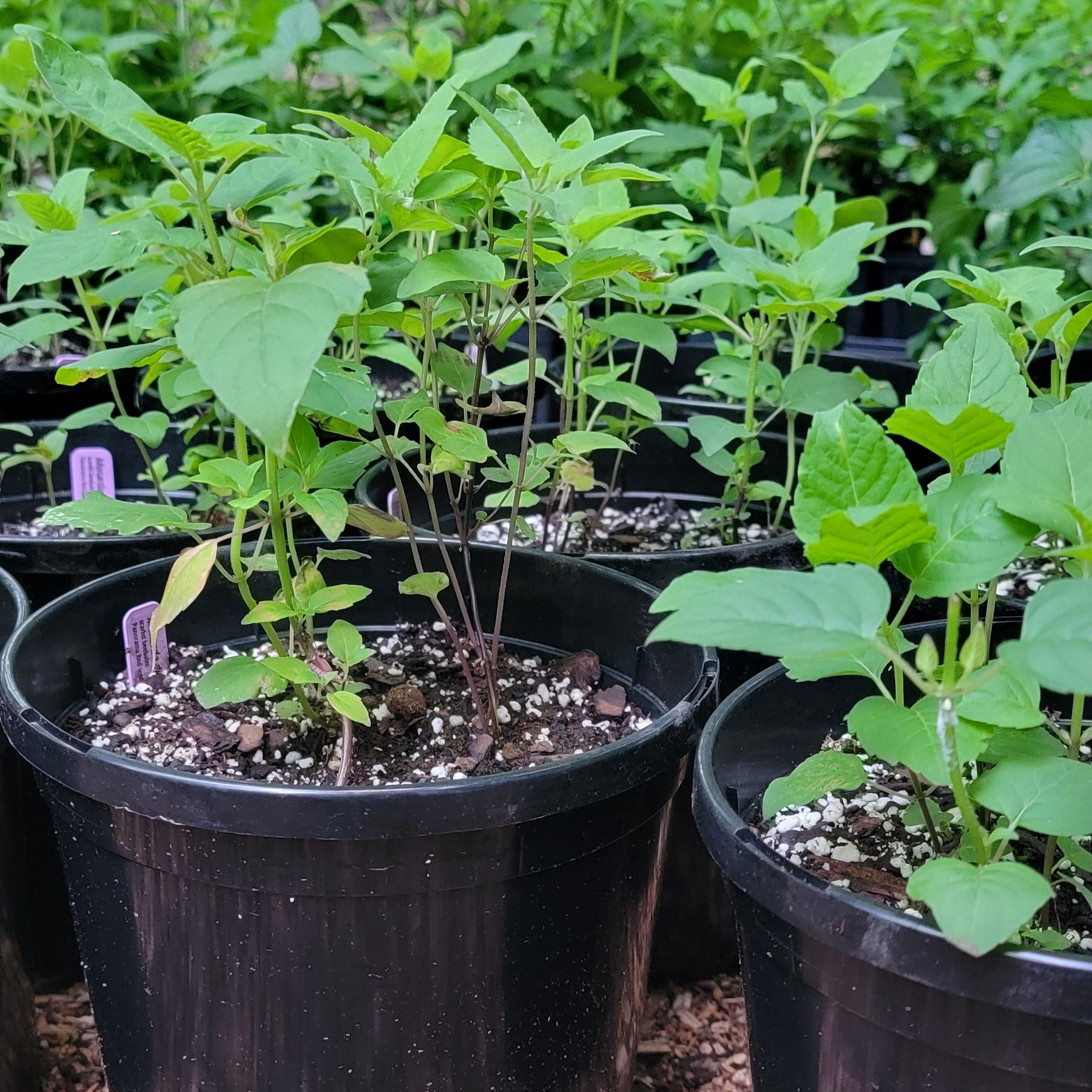



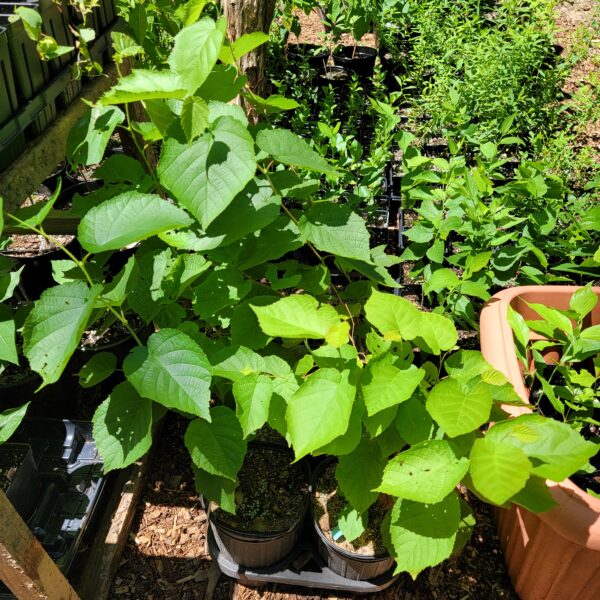

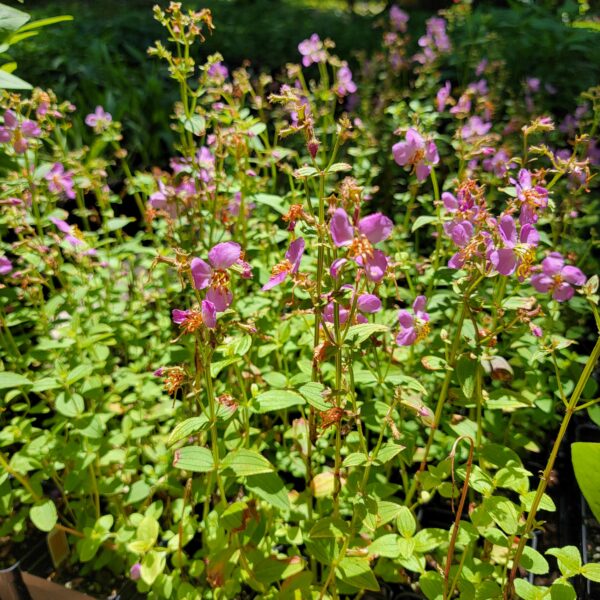


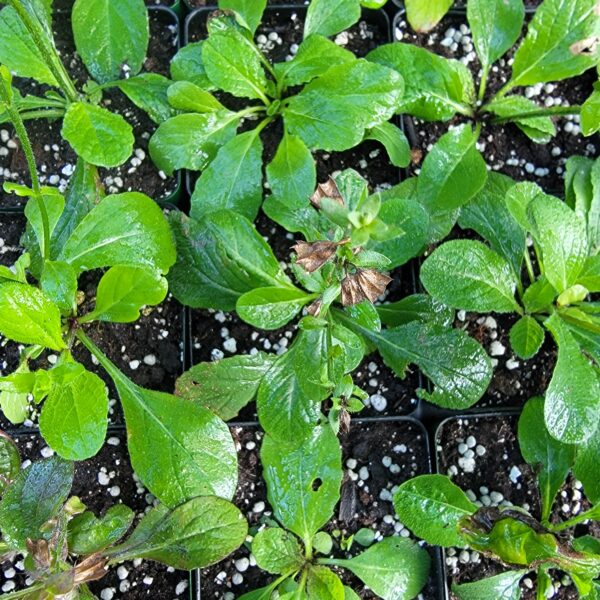

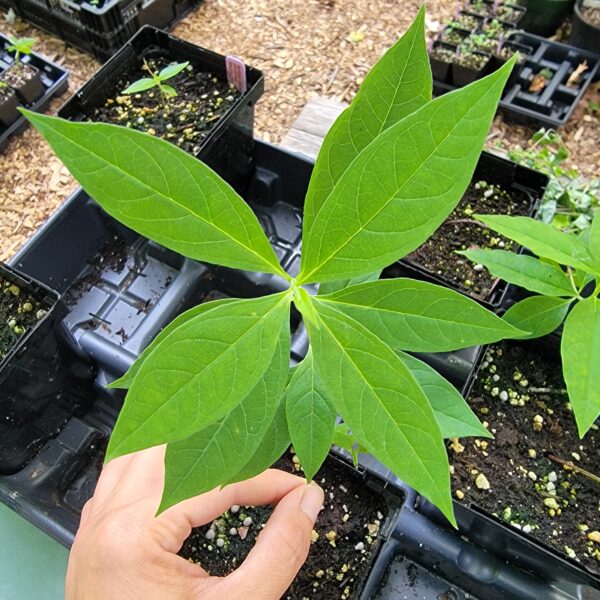






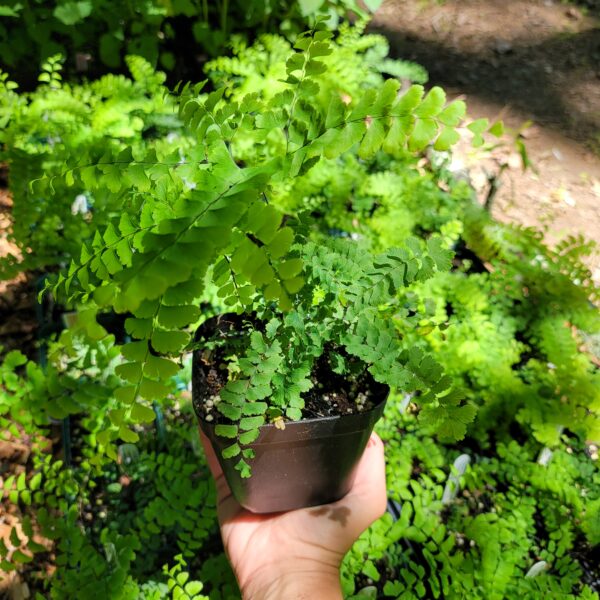
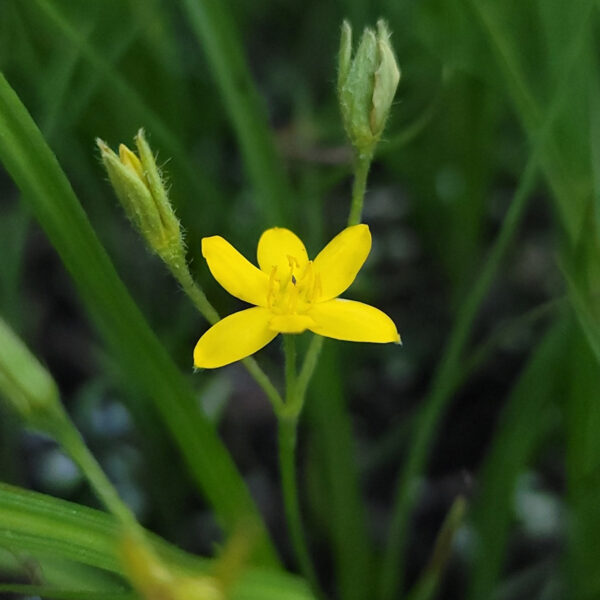
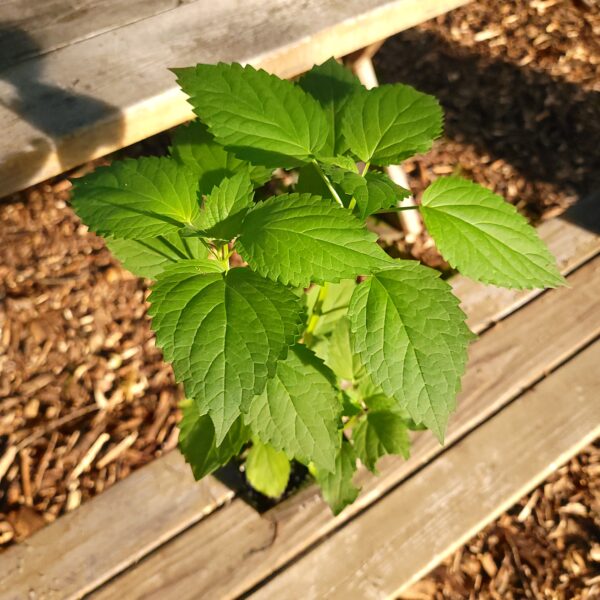

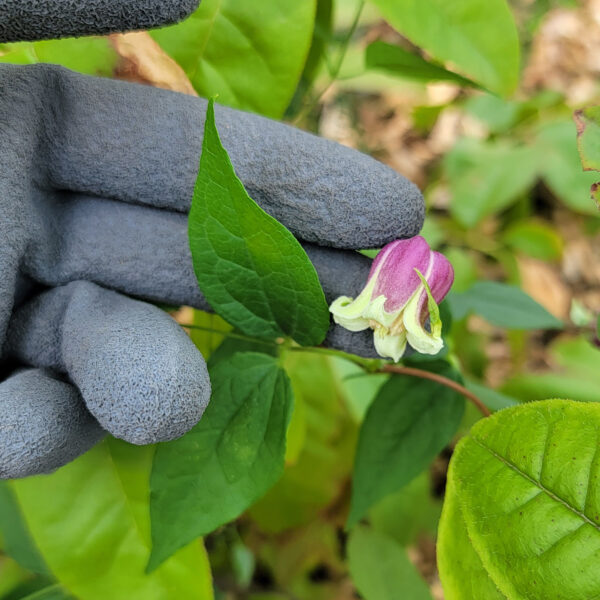

Reviews
There are no reviews yet.